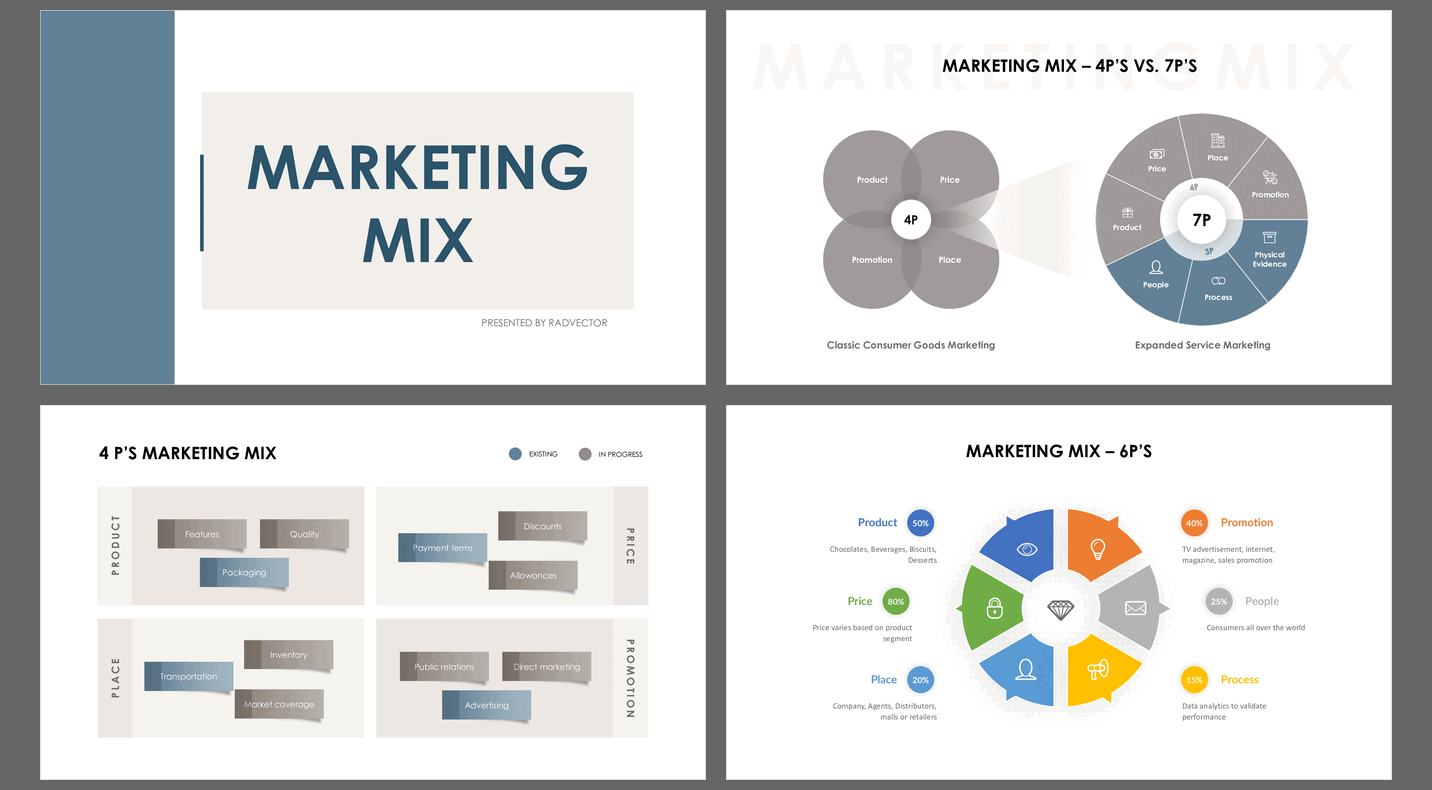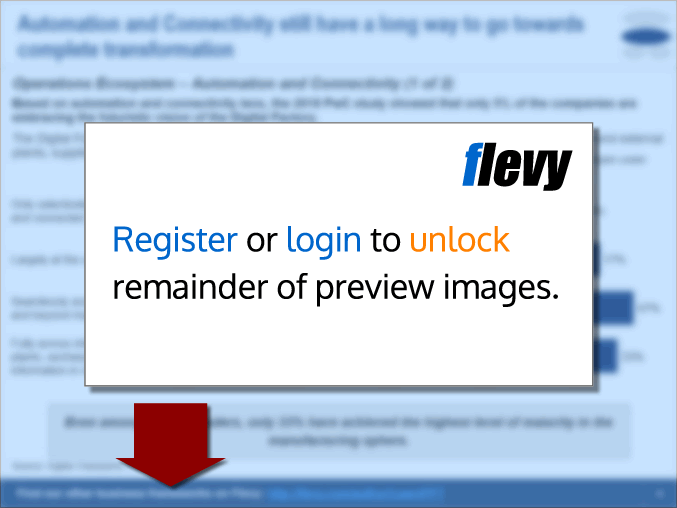Marketing Mix (PowerPoint PPTX Slide Deck)
PowerPoint (PPTX) 32 Slides
SPECIALIZED POWERPOINT TEMPLATES PPT DESCRIPTION
Marketing Mix
Introduction
The Marketing Mix is a fundamental framework in marketing that helps businesses create and implement effective strategies to attract and retain customers. It consists of four key elements, known as the 4Ps: Product, Price, Place, and Promotion. This presentation will provide a comprehensive overview of the Marketing Mix, highlighting its significance and how businesses can leverage it for success.
1. Product – What You Offer
The product is the core of any marketing strategy. It represents the goods or services a company offers to meet customer needs. Key aspects to consider include:
• Product Features & Benefits: What makes the product unique and valuable?
• Product Lifecycle: Introduction, growth, maturity, and decline phases.
• Branding & Packaging: How the product is presented to customers.
• Differentiation Strategy: How the product stands out from competitors.
2. Price – How Much You Charge
Pricing strategy plays a crucial role in attracting customers while ensuring profitability. Important pricing considerations include:
• Cost-Based Pricing: Determining the price based on production costs plus a markup.
• Value-Based Pricing: Setting a price based on perceived customer value.
• Competitive Pricing: Adjusting prices based on market competition.
• Discounts & Promotions: Strategies to attract new customers and retain existing ones.
3. Place – Where You Sell
Place refers to the distribution channels used to make the product available to customers. Key factors include:
• Retail vs. Online Sales: Choosing between physical stores and e-commerce platforms.
• Distribution Channels: Direct (company-owned stores) vs. indirect (retailers, wholesalers).
• Logistics & Supply Chain: Ensuring product availability and delivery efficiency.
• Market Coverage: Deciding whether to focus on local, national, or global markets.
4. Promotion – How You Communicate
Promotion involves the strategies used to communicate with customers and persuade them to purchase. Key promotional tactics include:
• Advertising: TV, social media, Google Ads, and influencer marketing.
• Public Relations (PR): Media coverage, press releases, and brand reputation management.
• Sales Promotions: Limited-time discounts, coupons, and loyalty programs.
• Personal Selling: Direct interactions with customers through sales representatives.
Conclusion
The Marketing Mix provides a structured approach to developing effective marketing strategies. By balancing Product, Price, Place, and Promotion, businesses can optimize their reach, customer engagement, and profitability. A well-executed marketing mix leads to a competitive advantage and long-term success in the marketplace.
Got a question about the product? Email us at support@flevy.com or ask the author directly by using the "Ask the Author a Question" form. If you cannot view the preview above this document description, go here to view the large preview instead.
Source: Best Practices in Specialized PowerPoint Templates PowerPoint Slides: Marketing Mix PowerPoint (PPTX) Presentation Slide Deck, RadVector Consulting









